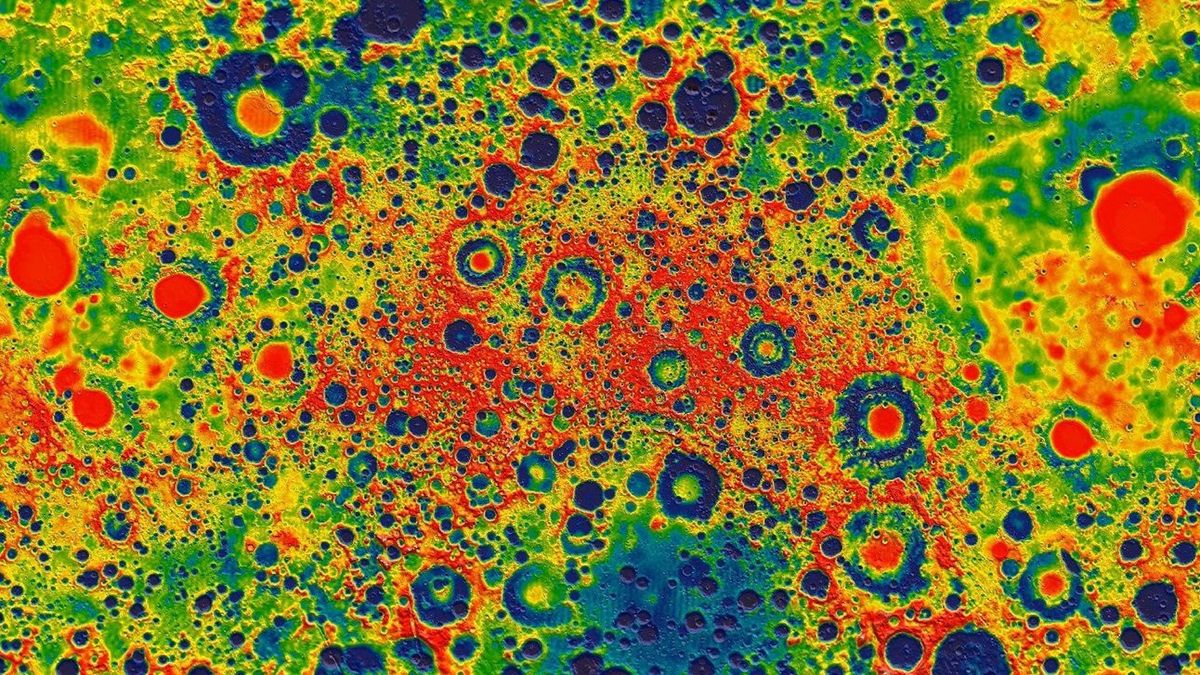The first analysis of lunar samples retrieved from the Moon's far side has revealed a surprising volcanic history, pushing back the timeline of lunar volcanic activity by a significant margin. A study published in the journal *Science
details the findings from the Chang'e 6 mission, which successfully returned just under two kilograms of rock samples from the South Pole-Aitken basin in 2024 â the first ever collected from this largely unexplored lunar region.
The Moon's tidally locked nature means the same side always faces Earth, leaving the far side comparatively less studied. Only two landers, both from China's ambitious lunar exploration programme, have successfully touched down on this hemisphere. The latest research, led by Zexian Cui of the Chinese Academy of Sciences' Guangzhou Institute of Geochemistry, focuses on isotopic and chemical analysis of the Chang'e 6 basalt samples. By examining the ratios of different isotopes within the rocks â atoms of the same element with varying neutron counts â the team determined the age of the lava flows.
The results indicate that the basalt samples are approximately 2.8 billion years old, solidifying evidence of significant volcanic activity on the far side during this period. This discovery extends the known timeline of lunar volcanism, which, based on previous research of near-side samples, was thought to have ceased at least two billion years ago. Further complicating the picture, a recent analysis of samples from the Chang'e 5 mission, which landed on the near side in 2020, suggests that volcanic activity may have persisted as recently as 120 million years ago. The discrepancy between these findings highlights the complex and still-unraveling geological history of our celestial neighbour.
The researchers also identified a notable compositional difference between the far-side basalt and those previously studied from the near side. The far-side lava exhibits lower levels of potassium, rare earth elements, and phosphorus â elements prevalent in near-side samples. Cui and his colleagues hypothesise that this disparity may be linked to the colossal impact that formed the South Pole-Aitken basin. This immense collision, with its powerful reverberations across the lunar surface, likely redistributed significant quantities of rock and melted portions of the mantle beneath the impact site, depleting the local concentration of these elements.
This elemental imbalance could also offer an explanation for the striking difference in the extent of mare basalts â vast lava plains â between the lunar hemispheres. The near side boasts mare basalts covering approximately 30% of its surface, whereas the far side shows only a meagre 2% coverage. The researchers suggest that the absence of heat-producing radioactive elements such as potassium and uranium in the far-side mantle could account for this discrepancy, limiting the extent of widespread melting and subsequent basalt flows.
In conclusion, the analysis of the Chang'e 6 samples has provided invaluable insights into the Moon's geological history, revealing previously unknown volcanic activity on its far side and highlighting significant compositional differences between its hemispheres. Further research into these samples will undoubtedly shed more light on the Moon's formation and evolution, offering a deeper understanding of our solar system's history. The ongoing exploration of the Moon, driven by missions such as Chang'e 6, continues to challenge established theories and unveil new mysteries, pushing the boundaries of our scientific knowledge.

